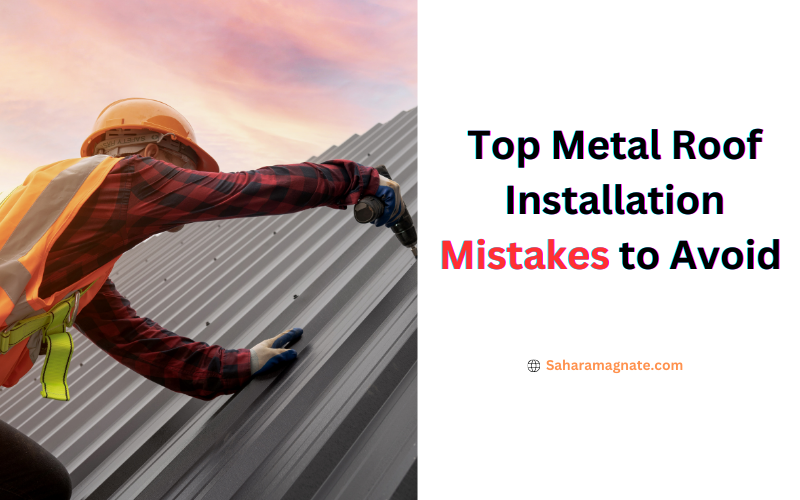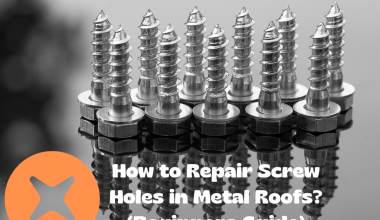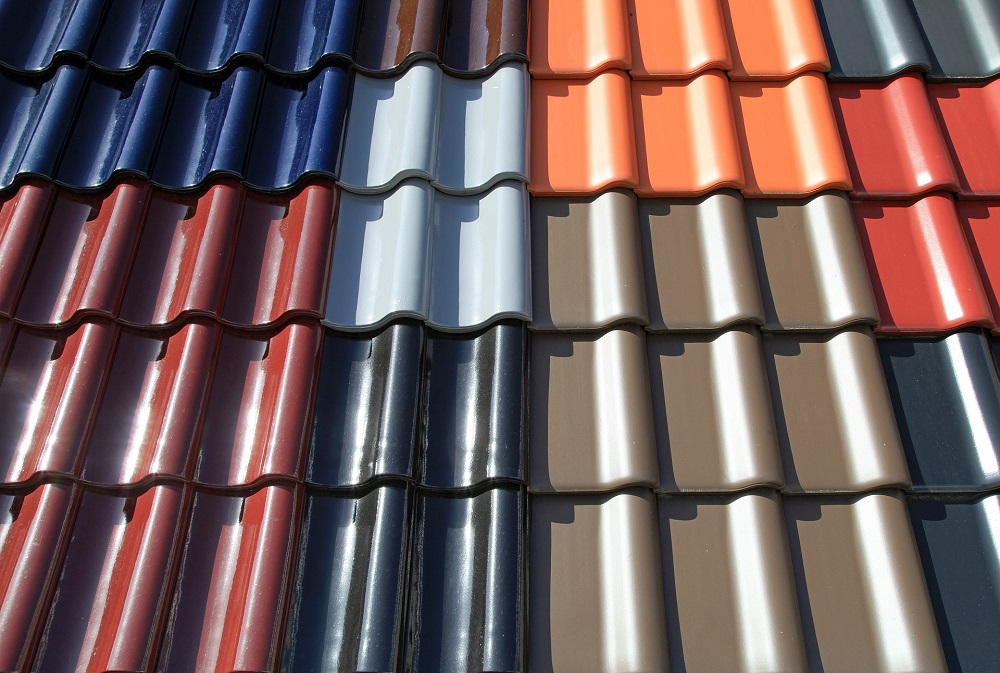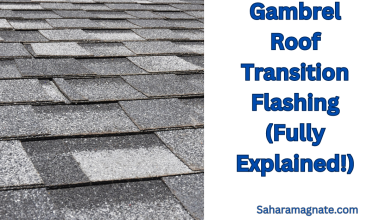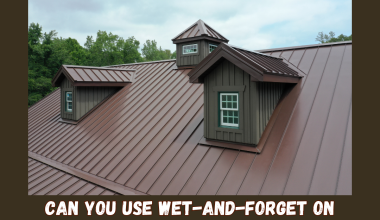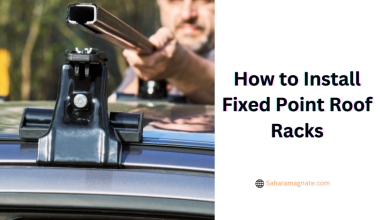Are you planning to install a metal roof in 2023? If so, then you’re in for a real treat! Metal roofs are one of the most durable and long-lasting roofing options on the market today. They can last up to 40 years with proper installation and maintenance.
But, as with any home improvement project, mistakes are bound to happen. The last thing you want is a metal roof that doesn’t last its full lifespan or has other issues due to a poor installation job.
That’s why it’s important to be aware of the potential mistakes that can occur when you install a metal roof.
In this article, we will discuss the top metal roof installation mistakes you must avoid in 2023 to ensure that your new roof looks great and lasts for years and years. Let’s get started!
Top Metal Roof Installation Mistakes to Avoid in 2023
It’s hard enough to install a metal roof without making mistakes, especially if you’re a first-timer.
But if you keep these five common mistakes in mind, it will help you to avoid any costly blunders and make sure your roof is installed right.
Here are some common mistakes that homers can avoid to enjoy a lasting roof;
Failing to Check Your Existing Roof Structure
Installing a metal roof is a big investment, and you don’t want to waste any time or money by making mistakes during installation.
One of the top metal roof installation mistakes to avoid is not checking the existing roof structure for signs of rot, damage, and other issues.
Before you start the installation process, it’s vital to ensure that your existing roof structure is sound and that any potential problems are addressed before installing the new metal roof.
You should also pay close attention to existing insulation material and ventilation systems. Ensuring these are in place before installation will help ensure your new metal roof is adequately protected from the elements.
Failing to check your existing roof structure before installation can result in costly repairs. Taking a few extra minutes to double-check and ensure everything is in order can save you a lot of time and money in the long run.
Flawed Calculations in Roof Measurement
Incorrectly measuring the roof is a simple yet costly mistake that can prolong your project. It can result in the erroneous ordering of panels that do not fit the roof’s dimensions.
Therefore, conduct a field measurement to ensure accuracy before placing an order for roof or siding panels.
Avoid ordering based on blueprints or pre-construction plans to avoid unnecessary delays. It is common to receive either too lengthy or short panels when measurements are based on these plans. Utilizing a roofing calculator can assist in obtaining precise measurements.
Not Accounting for Proper Ventilation
One of the most common mistakes when installing a metal roof is not accounting for proper ventilation. Sure, the roof looks great after installation.
Still, consider factors like attic ventilation, moisture accumulation, and airflow to avoid being in for some problems.
After all, proper ventilation is critical to preventing things like mildew buildup in your attic, which can result in decay and expensive repairs. Here are just a few tips for making sure your metal roof is properly ventilated:
- Ensure all intake and exhaust vents are correctly sized for the job. This means ensuring that your intake vents have enough airflow to match the size of the exhaust vents.
- Consider installing ridge vents or other high-efficiency products that allow warm air to escape while blocking out water.
- Install soffit (or eaves) vents at least every 4 feet to provide adequate airflow throughout the attic space.
By taking all these steps during installation, you can ensure that your metal roof will remain properly ventilated and last longer than if you had missed any of these crucial details!
Oil Canning
One of the most common issues in metal roofing installation is oil canning, which refers to the visible waviness or rippling in the flat areas of the roofing material.
Oil canning is a natural occurrence in all metal panels due to the roll form process and should not be considered a reason for rejection.
However, it may be more pronounced in specific panels and more visible in flat-surfaced panels than in corrugated metal roofing, which can help disguise it.
Oil canning is usually observed in standing seam metal roofing or flat wall panels. While this may result from improperly tightening fasteners, it may also occur due to improperly placed clips.
Therefore, ensuring that the clips fit snugly into a panel seam without disturbing the vertical seam’s position is crucial. Stiffening ribs or striations can be used to prevent or control oil canning.
Skipping the Underlayment
You might have heard that metal roofing can be installed directly onto the existing roof, but that doesn’t mean you should.
Skipping the underlayment is one of the top metal roof installation mistakes you should avoid in 2023—not just because it’s illegal in some states, but because it’s a bad idea, even if it isn’t.
The underlayment is a secondary layer of protection between your metal roof and the wooden decking underneath.
The underlayment keeps moisture out, preventing rot and other damage from occurring to your decking (which would be expensive to repair). It also helps insulate your home against extreme temperatures, making it more energy-efficient and comfortable.
So what kind of underlayment should you choose? Generally speaking, there are two types:
- Asphalt-saturated felt paper
- Synthetic felt paper
The best option for your project will depend on factors like climate, local regulations, and more—so make sure to check with a professional before making any final decisions about which type is right for you.
Using the Wrong Metal Roofing Panel
Selecting the incorrect type of metal roof panel for your project can lead to various complications. A vast array of metal roof panels is available in different shapes and profiles on the market.
It is crucial to ensure that the chosen panels fit the roof’s dimensions and provide optimal protection against harsh weather conditions.
Choosing the right panel is vital when ordering metal roofing panels based on your roof’s pitch. You can consult a roofing expert for the best advice on this matter.
Installing Over-Compromised Decking
It’s easy to overlook the state of your roof deck when planning a metal roof installation, but it’s essential to complete this step.
If your roof deck is compromised in any way, the integrity of your metal roofing is at risk.
Weak decking
If the plywood or other underlying material you are adding your metal over has weak spots, they can be weakened even further by adding heavier materials. This can stress the underlying structure and increase the risk of water damage.
Rotting wood
Another problem can be rotting wood caused by long-standing moisture or insect infestations.
If you are installing a metal roof over such a spot, you can end up with unsupported sections of metal sitting on rotting wood.
This compromises the integrity of both your metal and wooden structures and risks further damage down the line.
To ensure a successful metal roof install, consider the following:
- Checking for signs of weak or rotted decking before installing a new layer
- Replacing or reinforcing any weak or rotted spots before adding a metal layer
- Taking extra precaution when installing heavier metals like steel by making sure their weight is evenly distributed over multiple layers
- Ensuring proper draining on all sides
Neglecting Proper Fastener Spacing
When installing a metal roof, one of the most common (and serious) mistakes you can make is neglecting proper fastener spacing. If the screws aren’t spaced out properly, you can have a less secure roof and even leak water into your house.
To avoid this common mistake in 2023:
- Make sure that you’re following the manufacturer’s specification for how close together to place your fasteners
- Use a spacing tool during installation to track where each screw is placed – this will ensure you don’t miss any sections.
- Install a minimum of two screws per sheet or panel
- Double-check your entire installation after it’s finished to make sure all of the fasteners are properly spaced out – if not, repair immediately
Not following proper fastener spacing is one mistake that can cost you plenty in the long run – so do your research and use the correct tools when installing a new metal roof in 2023 and beyond!
Using the wrong Sealant
Sealants are essential in metal roofing installation to keep out external elements, such as water and dirt, that can potentially damage the roof. However, incorrect application of sealants can result in roof leaks and other issues.
One of the top roof installation mistakes to avoid is thinking every sealant would work for the job.
It is crucial to use the appropriate sealant specifically designed for metal roofing to ensure its effectiveness. Other types of caulking may not adhere to the paint on the metal panels, which can lead to reduced durability and longevity of the roof.
Additionally, the sealant must be flexible enough to expand and contract with the metal without breaking its seal, especially during extreme temperature changes.
Lack of Metal Roof Installation Experience
Of all the mistakes to avoid, this is the most crucial one. Metal roofing requires specific installation techniques that may differ from other roofing systems. Hiring an experienced professional with adequate knowledge and skills in a metal roof installation is crucial.
For contractors, it is essential to have proper training and confidence in their abilities before performing metal roof installations.
Taking appropriate precautions and following installation, guidelines can prevent costly mistakes and ensure a successful installation.
For homeowners, hiring a qualified contractor with previous experience in metal roof installation is vital to ensure the project’s success.
Asking the right questions during the consultation can help determine if the contractor has the necessary knowledge and skills to perform a metal roof installation.
Conclusion
Installing a metal roof, like any roofing project, requires attention to detail to succeed. Even a tiny mistake can have major consequences when it comes to metal roof installation. It’s best to avoid these costly errors from the start.
Remember that the best way to avoid a mistake is to hire a professional roofing contractor to thoroughly install your metal roof.
An experienced roofer and their team will have the skills and experience to do the job right the first time. With the right contractor, you can be sure that your metal roof will last for years.
